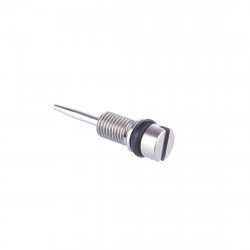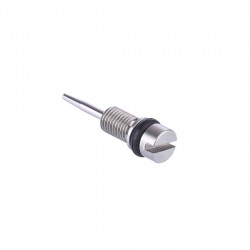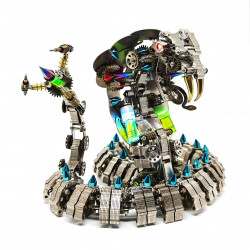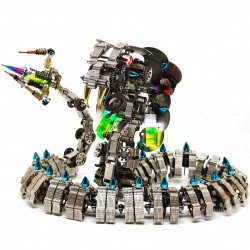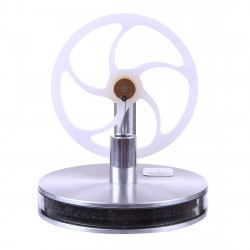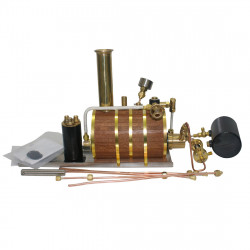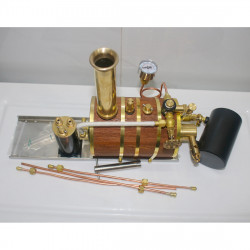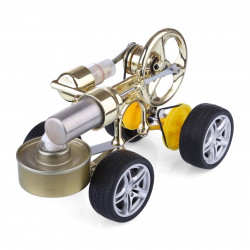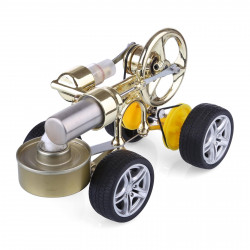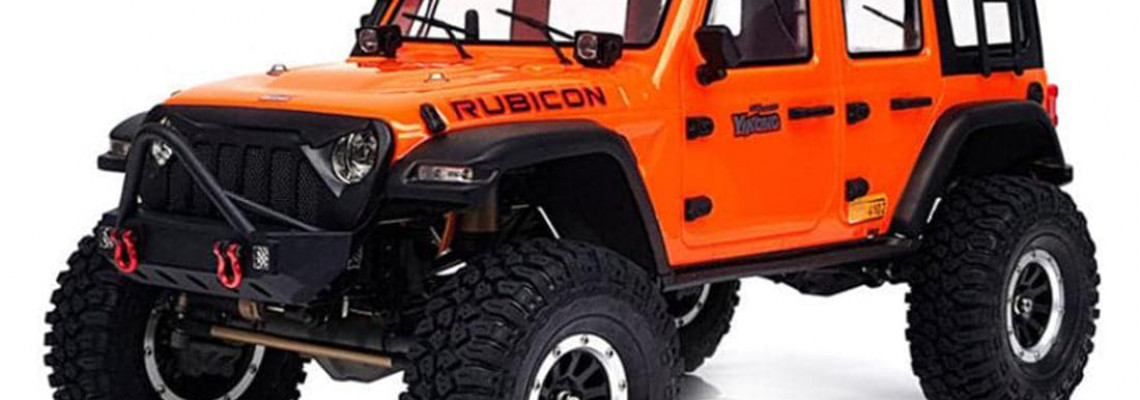
Review - RB10 2WD 1/10 Brushless Buggy from Team Associated
Is the Team Associated RB10 2WD buggy a race vehicle or a basher? It may appear to be a typical buggy at first glance, but it's based on the world championship-winning Team Associated buggies and ready to go.
What are your options with the RB10, then? Then we tested it.
Team Associated's most recent RTR vehicle is the RB10. Its water-resistant brushless electronics, 3S LiPo use, DVC gyro stability, and other features provide an off-road vehicle ready to go. The RB10's preparedness and completeness make it an obvious choice for anyone wishing to begin 2WD buggy racing. The buggy is now prepared to travel with its painted body and electronics completed. However, the associated transmitter requires four AA batteries, which are not provided.
Additionally, a LiPo battery with a T-style connector is necessary. The RB10 combo is the best option for people new to radio control and do not currently have R/C batteries and chargers. This 2S LiPo and LiPo balance battery charger is part of it. Although the combination is a decent place to start, it doesn't offer maximum power; hence, a more potent 3S LiPo battery is required if you want it.
How fast is the Team Associated RB10 Buggy?
With our GPS speed meter and a fully charged 2S LiPo battery, we reached a maximum speed of 20 mph. After switching the batteries and trying again with a 3S LiPo battery, we reached a high speed of 31 mph after a few attempts. One should note that the RB10's gearing is somewhat conservative and tends to favour lower-end torque over maximum RPMs.
Note: A gearing swap can increase top speeds but does not cause the electronics to overheat, particularly on hot days.
RB10 Electronics
The core of the RB10 electronics is a brushless, sensorless system with a Reedy 3300kv brushless motor attached to an aluminium motor plate. The system has an adjustable slipper clutch and 48P pinion gears.
The Reedy SC600-BL brushless ESC is compatible with 2S and 3S LiPo, has a T-style connector, and is water-resistant, so getting a little wet is acceptable. The more recent Team Associated RTR vehicles use the same ESC and motor systems.
The Reedy 1523MG metal gear servo is utilized, and it has a servo saver horn to absorb impact energy.
A 2-channel receiver with Dynamic Vehicle Control (DVC) counter-steers for you when the rear end gets loose. The final electronics component is a 2-channel transmitter system with several standard settings, such as steering and throttle trims. This receiver mounts in a gasket-sealed receiving box to keep it dry, but regrettably, it is not as water-resistant as the other electronics.
Our Speed Tests
We discovered that the stability gyro sensitivity was set too high during our speed tests, which occasionally caused our front tyres to shake. All stability systems experience speed wobbles; thus, we advise reducing the speed or turning it off entirely when doing speed runs. The receiver has an adjustable gyro. We just turned the gyro down because the RB10 is 2WD, which significantly helps in loose, muddy conditions.
This is the Silver Dollar RC Raceway, our local R/C track, and the parking lot is filthy and dusty. The pavement is loose, and there are large pebbles everywhere. With its race-inspired low centre of gravity chassis, this RB10 has very little ground clearance, but it thrashes, throwing boulders and bouncing off them. More appropriate tyres and compounds for the surface would significantly improve because the knobby tyres that came with the RB10 have a rubber compound designed for long-lasting life rather than high traction.
When we tested the buggy in thicker dead grass, it initially had velocity, but as we slowed down, it became high-sided and stuck. This made us wonder if we could upgrade the tyres on this vehicle.
As it happens, you can. On the RB10, we installed 1.9" Hyrax rock crawler tyres with a 4.75" diameter without any problems or rubbing. The buggy ran faster because these taller tyres offer greater ground clearance and have a larger diameter than the conventional tyre, which is a gearing up of the transmission.
The most challenging part of utilizing these tyres was keeping the car from flipping back because it wanted to wheelie. However, there was better clearance over the more difficult terrain. Additionally, the RB10 gained some stability from the taller tyres.
These 7mm aluminium wheel hexes were our first addition to the RB10 following our runs. They maintain the same width as the factory hexes and clamp onto the axle and pin. When laying down significant power, the aluminium hexes are more sturdy and long-lasting than the original plastic ones.
Creating a Drag Buggy
All of these platforms are fairly similar and relatively modular, meaning that you can transfer parts from one car to another if you are familiar with the Team Associated SR10 dirt oval car and the DR10 drag car.
Thus, we present to you the RB10 Drag Buggy. We added our DR10 race car tyres and wheels, which fit well. After that, we removed the DR10 wheelie bar and mounted it on the RB10, which fits perfectly. The RB10 feels like the DR10 as a drag car, except it has a shorter chassis.
Would you want to go up against real drag cars with the RB10 in a real race? Would you like to party in the neighbourhood or race your friends in the Walmart parking lot? Yes, without a doubt! If you wanted to run seriously, you could swap a few components, such as tyres, a wheelie bar, a drag-specific body, and a more extended drag chassis.
Carpet Track Racing at the V8engieforsale Track
Driving the RB10 on the track, which, surprisingly, performs well, is the only topic left to discuss. Here are some notes: V8engineforsale is currently working on a new carpet track, and it does not yet have any jumps. For traction, we swapped out the RB10 tyres for the Schumacher carpet tyres up front and back, and they fit perfectly. The RB10 diff fluid feels fantastic and is 10 or 15k. But since there is a lot of body roll, we would also benefit from a few sway bars.
It still kicks butt on carpet and occasionally performs a wheelie, but the RB10's rear motor arrangement works best on dirt terrain. The tyres were the only thing we changed; the performance exceeded our expectations. The softness of the steering and servo saver is the only problem revealed by the high traction carpet; you would want to leave it loose for smashing or tighten it up for racing.
